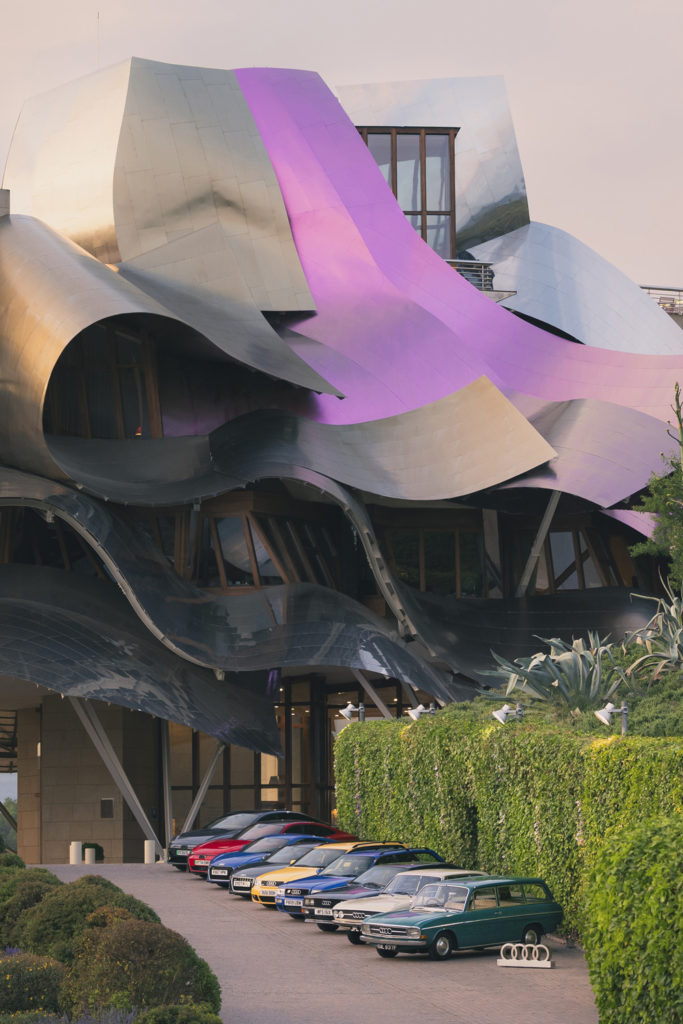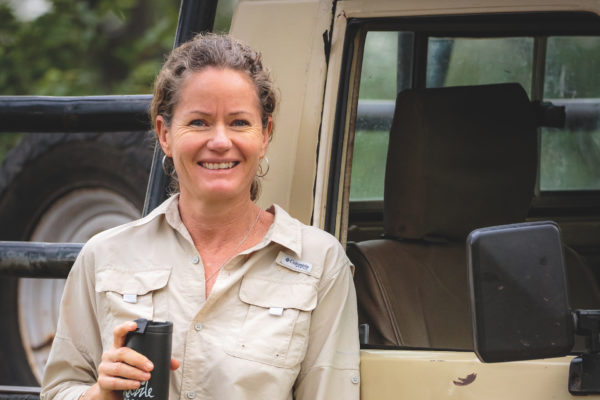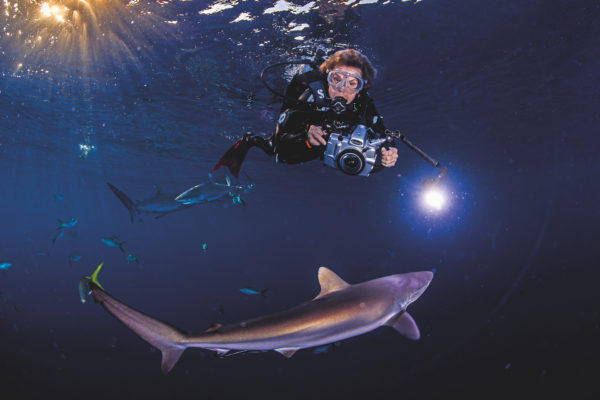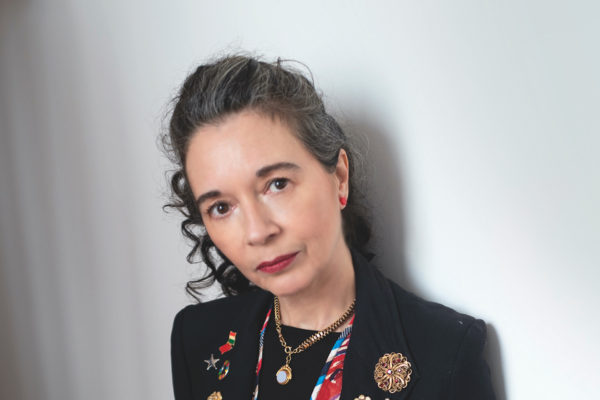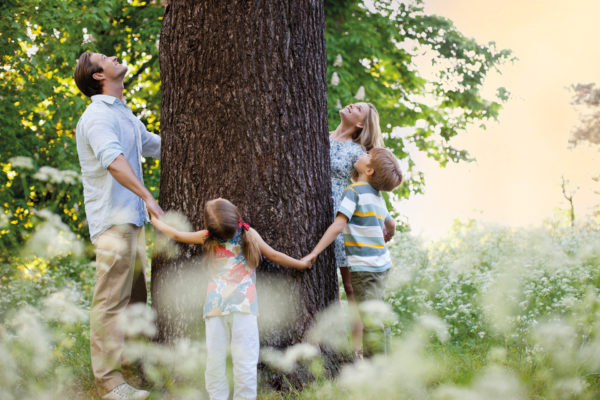My Little Green Book: Saving Jaguars with Roberto Klabin
By
2 years ago
Wildlife in Brazil's Pantanal region is thriving thanks to his efforts
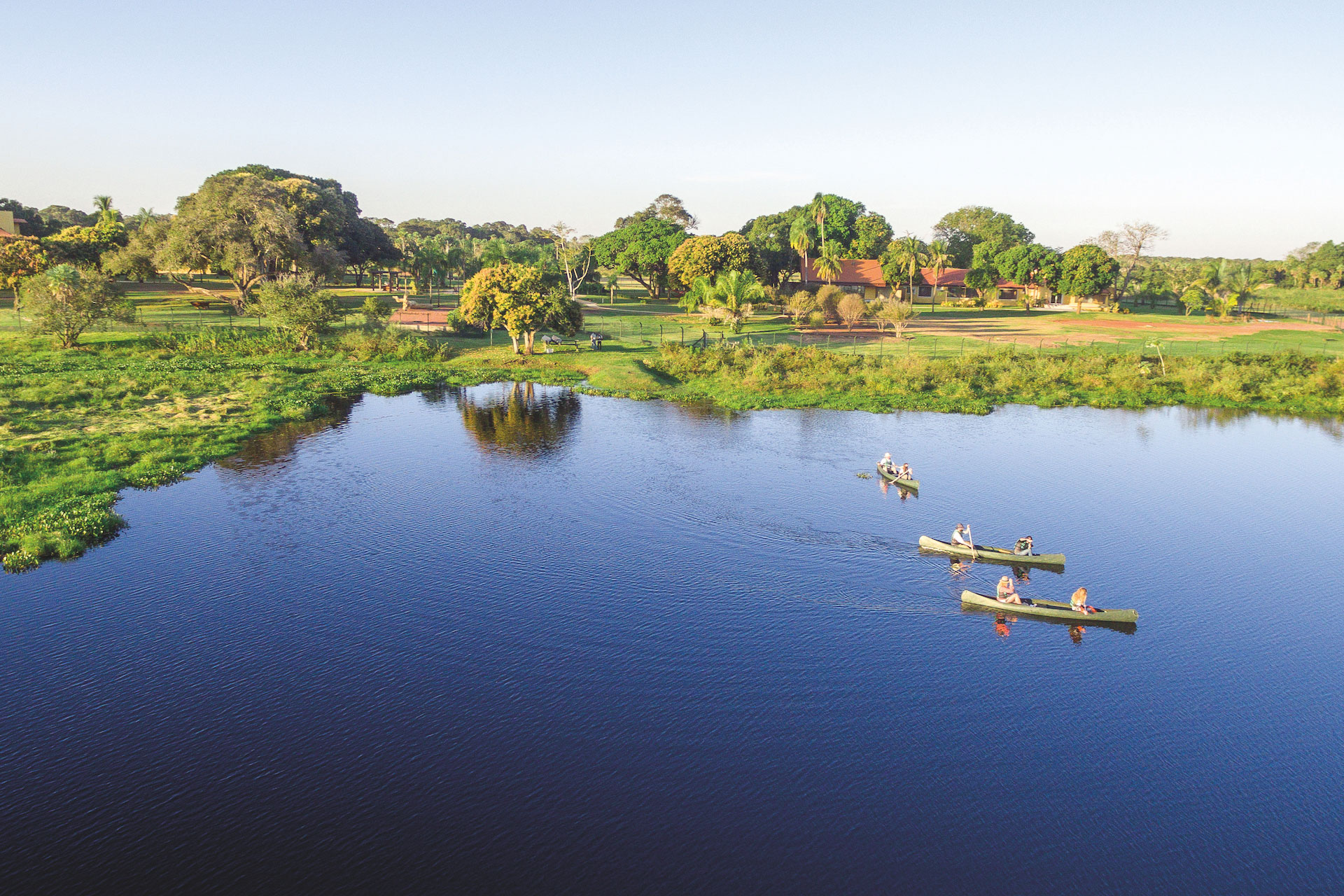
Lisa Grainger takes to the skies of Brazil with jaguar conservationist Roberto Klabin.
Interview with Roberto Klabin

Photo by Felipe Castellari
Flying across the Pantanal with Roberto Klabin offers a lesson in what one person can do if they put their mind to it. When his father died in 1983, the wealthy paper manufacturer’s family was left a quarter of a million hectares of grasslands in southwest Brazil. Like many other Brazilian landowners, some of the beneficiaries used their share of the land to ranch cattle. But with his own 131,000 acres, Roberto wanted to do something different.
Like the Serengeti in Africa, Roberto explains to me as we flit over the grasslands in his Cessna 206, the Pantanal is a vast depression – 81,000 square miles of grasslands covering Brazil, Paraguay and Bolivia. And like the Okavango Delta in Botswana, in rainy season the area becomes a giant floodplain, with rivers feeding into it from the plains above.
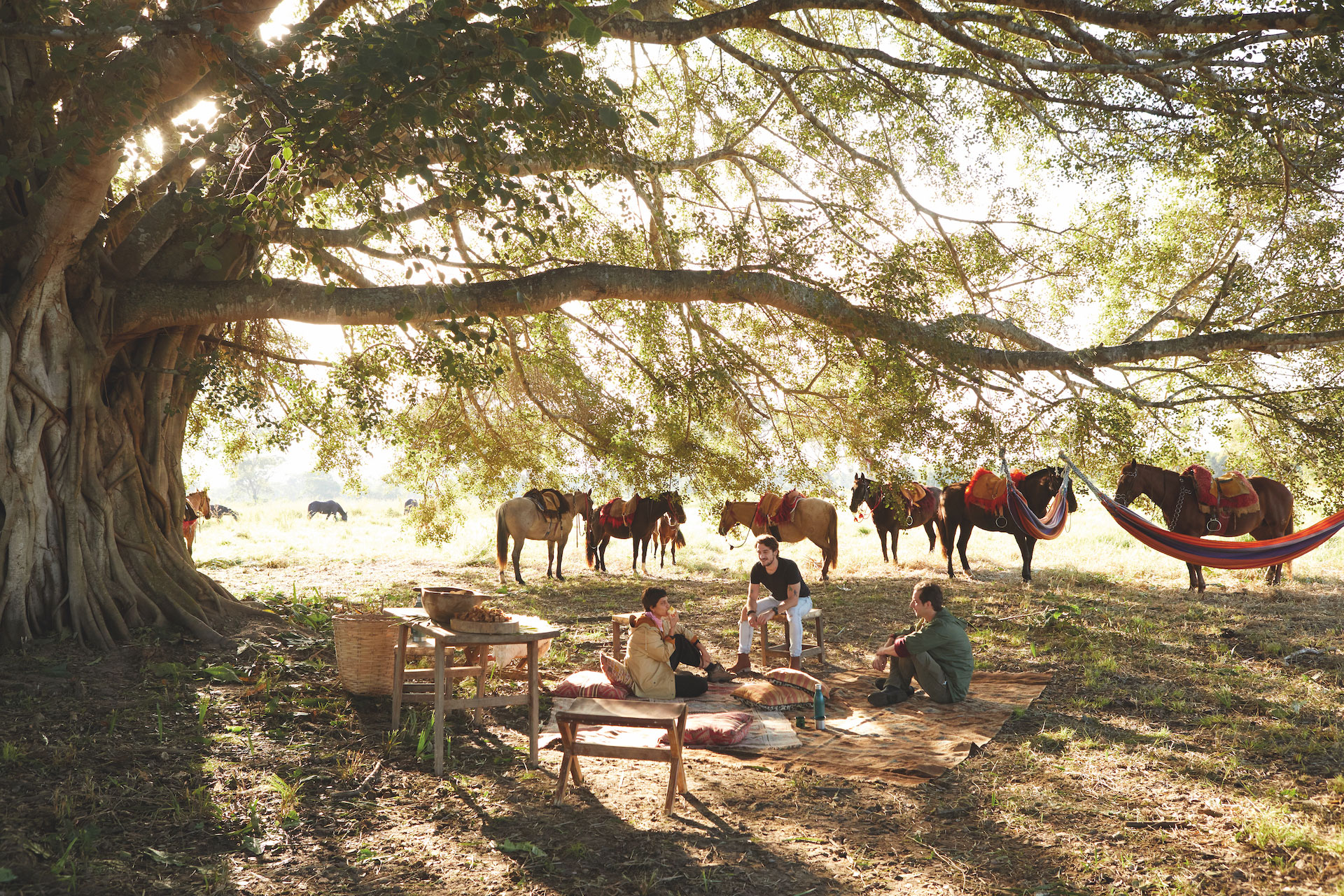
Photo by Layla Motta
The problem is, he says, as we pass over islands of thick forests and wide rivers snaking through the grasslands, was that big agricultural business soon realised the area had the perfect resources for industrial farming. If they diverted the water, they could grow rice and soy beans and if they cut the forest, they could breed cattle. Slowly, they started a circle: the more crops and cattle they introduced, the more the wildlife disappeared. And the more fertiliser and pesticides they used, the more the birds died.
Early Adopter
In 1986, seeing the devastating effects that farming was having on wildlife in the area, Roberto knew he had to do something to halt the decline. So he took himself to Africa – to Tanzania, Kenya, Zimbabwe, South Africa and Botswana – to learn how they managed farming alongside conservation. And on his return, armed with information, he drew up a plan to transform his farm into the Pantanal’s first cattle-cum-conservation reserve.
A quarter of a century later, Casa Caiman is a model for Brazilian conservationists who want to combine rewilding with low-impact agriculture. At its heart is a 5,300-hectare, dense area of forest that can never be cut down – and in which creatures can live undisturbed. Nearby, there are comfortable farm buildings in which tourists can stay and spot wildlife; stables from which they can ride; an organic farm to provide produce; and a small herd of cattle to keep the grasses at an optimum level. And housed in a research station is Onçafari, the NGO founded in 2011 by the former racing driver Mario Haberfeld, to research jaguars.
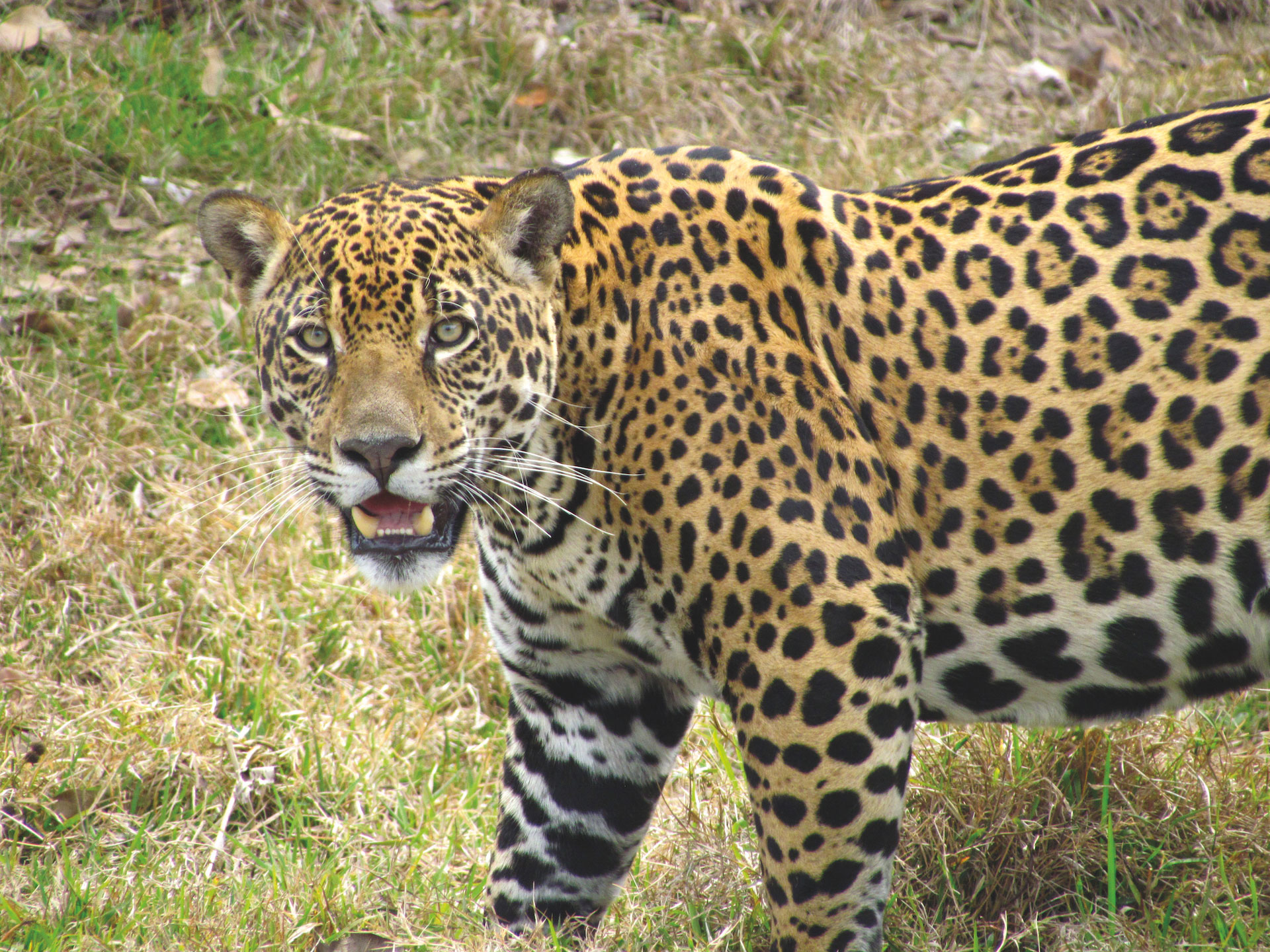
The Future is Bright
The result of his efforts, Roberto says proudly, is a reserve on which wildlife is not just surviving, but thriving. Since Onçafari opened its research station, its scientists have learnt that the Pantanal is home to a greater diversity of life than the Amazon, with more than 2,000 species of plant and 500 kinds of bird, as well as 124 types of mammal, from cute pig-like capybaras and 300kg tapirs to giant anteaters. Jaguars, whose numbers dropped to 150,000 in the wild, have started to thrive and produce cubs – in 2012, only 35 were sighted in his area, Roberto says, whereas in 2021 they saw 1,075. And Hyacinth macaws swoop between acuri and bocaiuva palms to find the nuts that make up their only food. These highly endangered – and extremely beautiful – blue birds, according to a pair of Hyacinth Macaw Project researchers who now live on the ranch, are the only one of the four species of macaws that they’ve managed to save in the wild. Thanks to the NGO, since 1990 their numbers have grown from 2,500 to 6,000.
But their longevity isn’t secured, Roberto says, unless more people come on board and help to preserve the Pantanal – which is why he co-founded the NGO SOS Pantanal, to find sustainable ways to protect it. So far, he has persuaded nine other farm owners to link their properties to his, to create an ecological corridor of 740,000 acres.
But, in spite of his efforts, large-scale soy farms upstream have started to divert rivers into their own fields. If more mainstream, pest-heavy, water-thirsty projects join them, ‘it will be game over,’ he believes. ‘So the world has to pay attention,’ he says. ‘If something isn’t done, wildernesses like the Pantanal could vanish. And the only thing that can stop that is us – all of us.’



